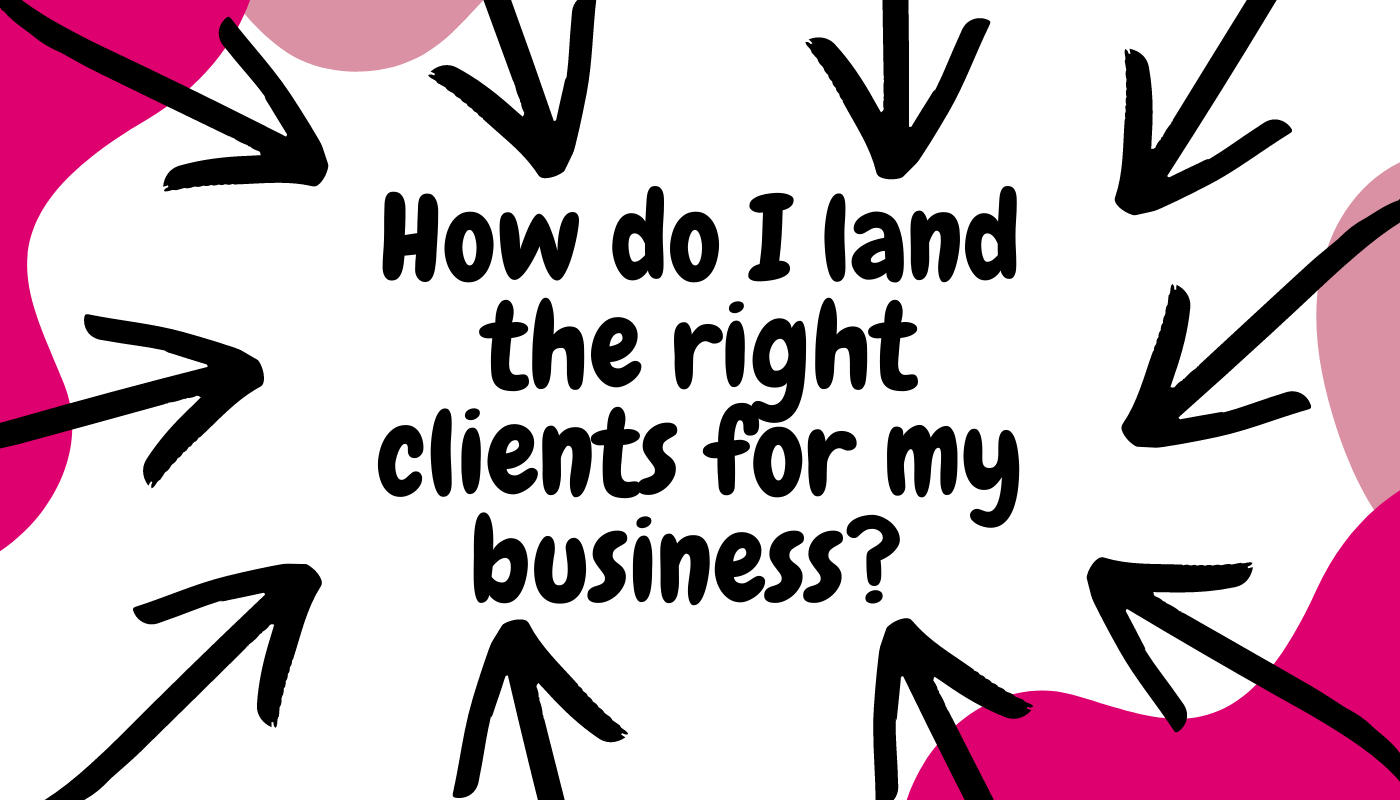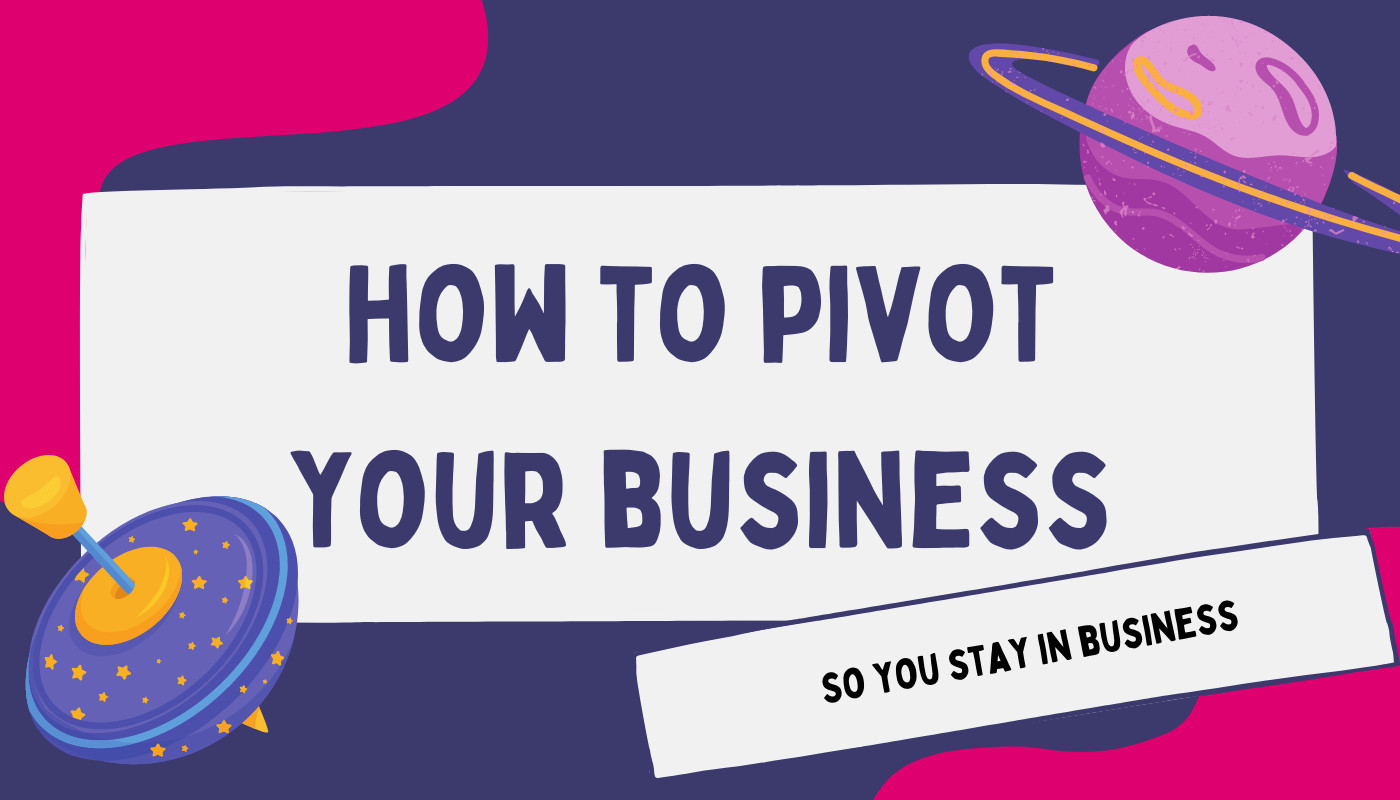We have an increasingly complex financial ecosystem, yet UK businesses feel that they have no one to turn to. It’s not surprising, since we’ve seen a reduction in bank branches and bank managers over the past 20 years, but what business owners don’t know is that they do have someone. To help SMEs in a way that banks never could, accountants are stepping up to fill this gap. They are bringing back the relationship-driven, trusted advisor role to the businesses who miss it.
Here is how accountants are taking the place of old school bank managers.
The bank manager is dead…
Around 20-30 years ago, life seemed a lot simpler. If you were in business and you wanted a loan or to open an account, you would just head to a high street bank (most likely the same one where you had your personal account, mortgage, savings accounts and even investments). Your efforts usually resulted in an overdraft and the add-on of a relationship manager.
This was a win-win relationship. Business owners had a bank manager who they could come to about anything from finances to providing a better relationship, to their service and growing their business. In return, bank managers had clients who didn’t just come to them for a one-off shop (e.g. a loan). They were loyal customers and did their full weekly shop with them every week (e.g. accounts, mortgage etc).
Fast-forward to today and there has been a massive reduction in bank branches (almost 3,000 branches across the UK closed between 2015-2018 alone). And for the banks that are still operating, they have moved up the ‘food chain.’ Not all banks, but the majority have digitised and have reserved their face-to-face services for the bigger businesses who are bringing in more money.
The result of this is that thousands of SMEs have been left without a trusted advisor. They have been left to make crucial financial decisions based on limited or poor information, and don’t know where to turn. In essence, to smaller business owners, the bank manager is dead.
Long live the accountant!
According to a survey by Capitalise, 98% of business owners said that they had no idea who their bank manager was and that, at best, they have a call centre. This shows that banks are falling short of providing a long-term solution to replace the role traditionally filled by the Bank/Relationship Manager.
Business owners may have lost this relationship element from their banking service, but what many don’t know, is that their accountants can offer this and more. SMEs need guidance across the entire financial landscape, including personal decisions as well as business, and this is where accountants thrive.
Accountants are uniquely positioned to be the new gatekeeper for smaller business owners. They know their small business clients best so can easily step into this role of ‘Trusted Financial Advisor.’ A seemingly ‘old school’ and obvious solution, we know, but accountants have evolved over the years while the banks seemed to have devolved.
Where do business owners go for help?
Long story short, if you are one of the many business owners who miss a relationship-driven service rather than a transactional one…if you need a professional advisor who you can talk to openly and honestly about anything…if you want guidance to come up with the best financial solutions to satisfy your specific business needs…you can turn to your accountant.
They should be your first port of call for any question or query that you have. Do you need a personal mortgage renewal? Call your accountant and they will manage this for you and make the best introduction.
Your accountant can help you with everything that an old-school bank manager would, and more:
- Very first point of contact as your trusted advisor and someone you can call or sit with.
- Funding solutions – debt, loans and data-driven finance applications.
- Cash flow management – accounts, reviews, and forecasting.
- Business advisory discussions.
- Quality referrals – accountants connect with people daily and grow their network/client base.
- Business introductions – insurance, pension advisors, bank accounts, business succession/exit.
- Personal wealth and finance introductions – mortgages/investments/pension.
- Business growth – implementing and training for cloud accounting programmes that increase efficiency and facilitate growth.
Next time you need business or personal advice, talk to your accountant first. They can give you invaluable support in the 4 key areas of business (people, sales, service, and risk). Plus, unlike the old-school bank managers, they still put the relationship first. This means that they are in a position to give you the best guidance and support as they know you, your business, and your needs as well as their own.














